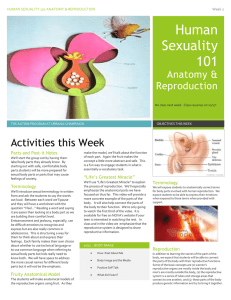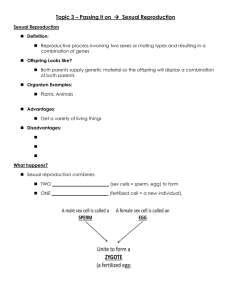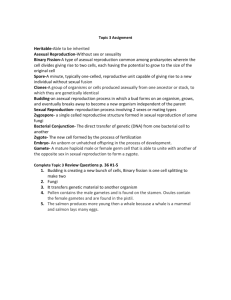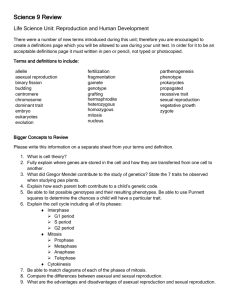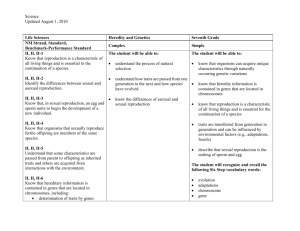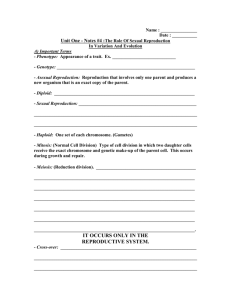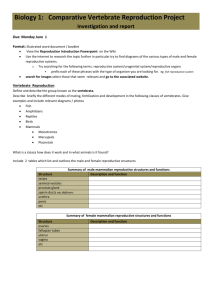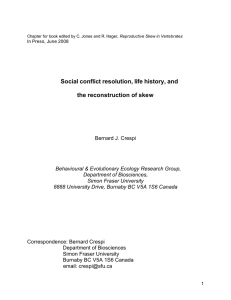BIO 357 Evolutionary Ecology
advertisement
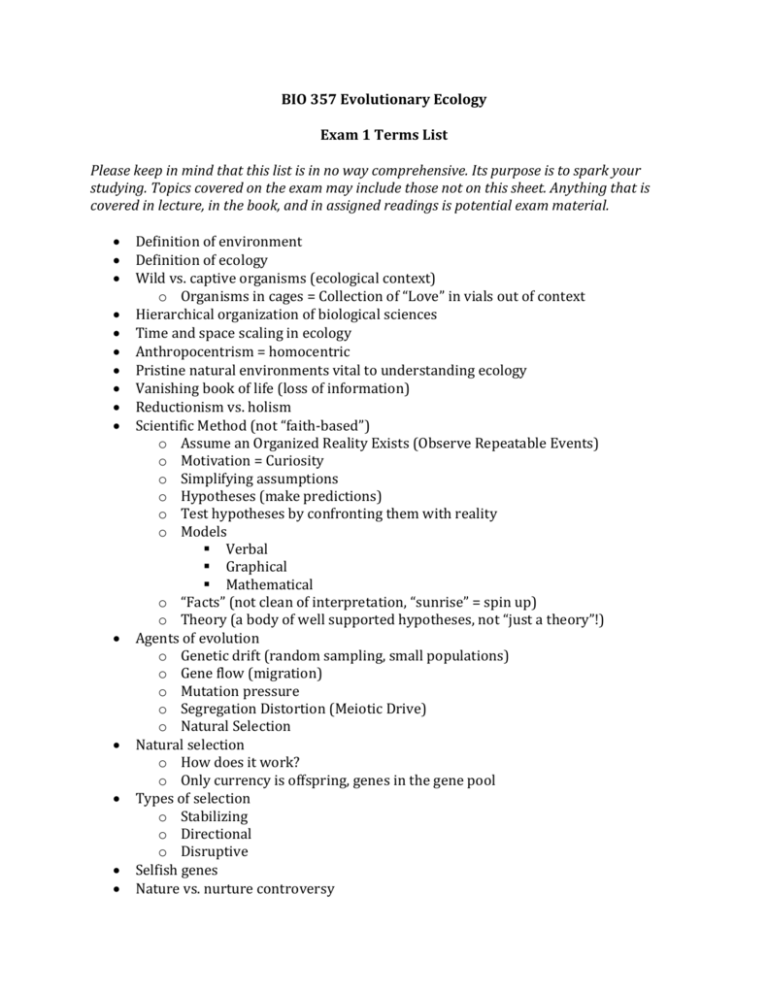
BIO 357 Evolutionary Ecology Exam 1 Terms List Please keep in mind that this list is in no way comprehensive. Its purpose is to spark your studying. Topics covered on the exam may include those not on this sheet. Anything that is covered in lecture, in the book, and in assigned readings is potential exam material. Definition of environment Definition of ecology Wild vs. captive organisms (ecological context) o Organisms in cages = Collection of “Love” in vials out of context Hierarchical organization of biological sciences Time and space scaling in ecology Anthropocentrism = homocentric Pristine natural environments vital to understanding ecology Vanishing book of life (loss of information) Reductionism vs. holism Scientific Method (not “faith-based”) o Assume an Organized Reality Exists (Observe Repeatable Events) o Motivation = Curiosity o Simplifying assumptions o Hypotheses (make predictions) o Test hypotheses by confronting them with reality o Models Verbal Graphical Mathematical o “Facts” (not clean of interpretation, “sunrise” = spin up) o Theory (a body of well supported hypotheses, not “just a theory”!) Agents of evolution o Genetic drift (random sampling, small populations) o Gene flow (migration) o Mutation pressure o Segregation Distortion (Meiotic Drive) o Natural Selection Natural selection o How does it work? o Only currency is offspring, genes in the gene pool Types of selection o Stabilizing o Directional o Disruptive Selfish genes Nature vs. nurture controversy Gecko toes Levels of approach in biology o Proximate vs. ultimate factors (“how?” versus “why?”) o Mechanistic vs. strategic o Short-term vs. long-term Debates and progress in ecology Vital statistics of populations Deme Demography Population parameters o Birth and death rates o Gene frequencies in gene pools o Sex ratios o Mean and variance Segment and cohort sampling of populations Life tables Discrete vs. continuous ages Force of mortality Survivorship, lx Expectation of further life, Ex Survivorship curves (Type I, II, III) Fecundity, mx Reproduction tables Gross reproductive rate Realized fecundity, lxmx Net reproductive rate, R0 = lxmx Replacement rate of population Generation time, T = x lxmx Reproductive value Residual reproductive value Intrinsic rate of increase, r Stable age distribution Leslie matrices Dominant eigenvalue (and what this value means) Exponential population growth Stochasticity o Demographic o Environmental Reproductive strategies o Semelparous vs. iteroparous o Reproductive effort o Age of first reproduction, o Age of last reproduction, Tradeoffs between present and future progeny Expenditure per progeny and clutch size Altricial vs. precocial (nidicolous vs. nidifugous) Determinant vs. indeterminant layers Relationship between r and generation time Hypotheses for latitudinal gradients in avian clutch size Evolution of death rates o Genetic dustbin o Medawar’s test tube model o Regulator genes (modifiers that control other genes) o Precession versus recession of time of onset Joint evolution of rates of reproduction and mortality Sigmoidal population growth Logistic equations Verhulst-Pearl Equation Inhibitory effect of each individual Density dependence vs. density independence Equilibrium species Opportunistic species Fugitive species r- and K- selected species Kirk Winemiller’s 3D life history model Use of space o Philopatry o Fluid vs. viscous populations o Coarse vs. fine-grained utilization o Individual distance, daily movements o Home range o Territoriality o Limited resources Territory size as a function of cost to defend vs. benefit (economic defendability) Sexual reproduction o Monecious vs. dioecious o Evolution of sex (anisogamy) o Diploidy o Cost of sexual reproduction o Facultatively sexual species o Protandry, protogyny o Parthenogenesis o Benefits of sexual reproduction Why have males? Sex ratio Sexual selection Mating systems Leks Runaway sexual selection Handicap hypothesis Alternative mating tactics Internal vs. external fertilization Paternal care Satellite males Sexual dimorphisms “battle of the sexes” “sexy son” hypothesis


